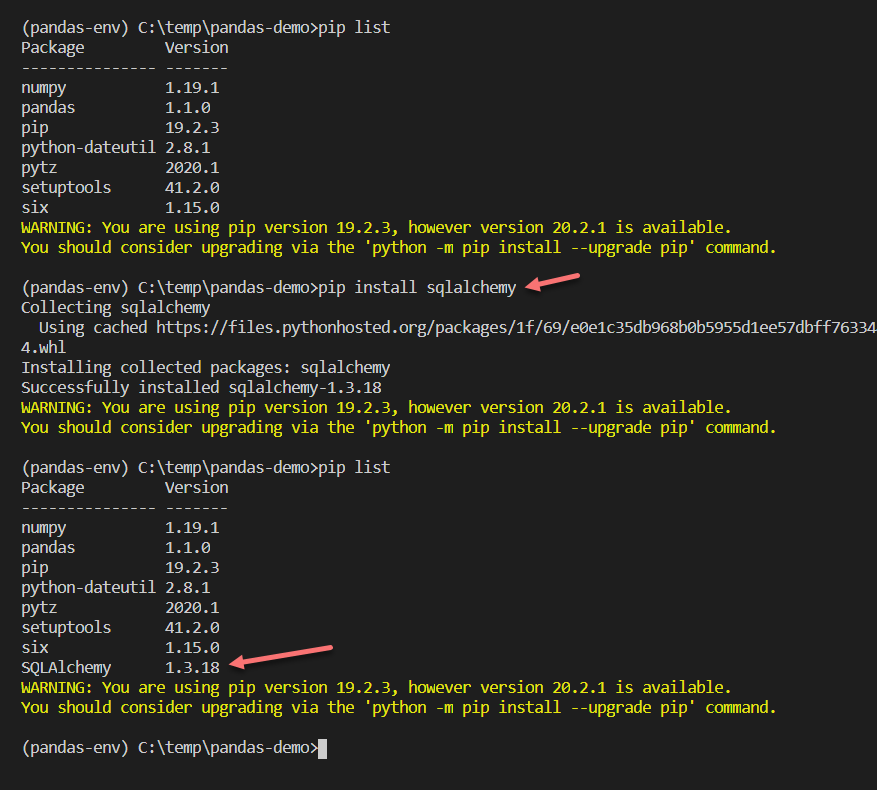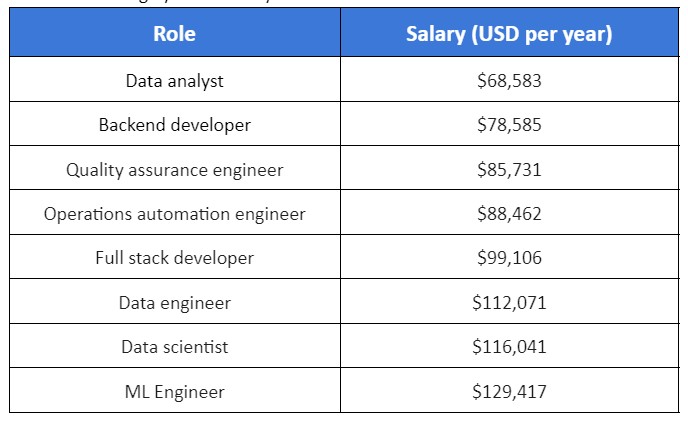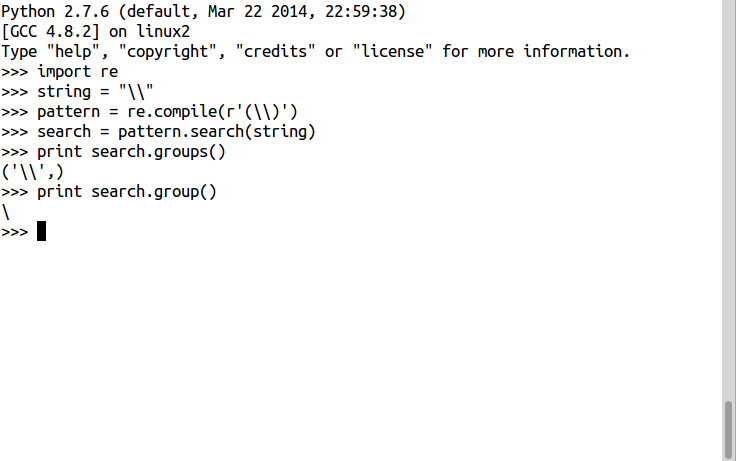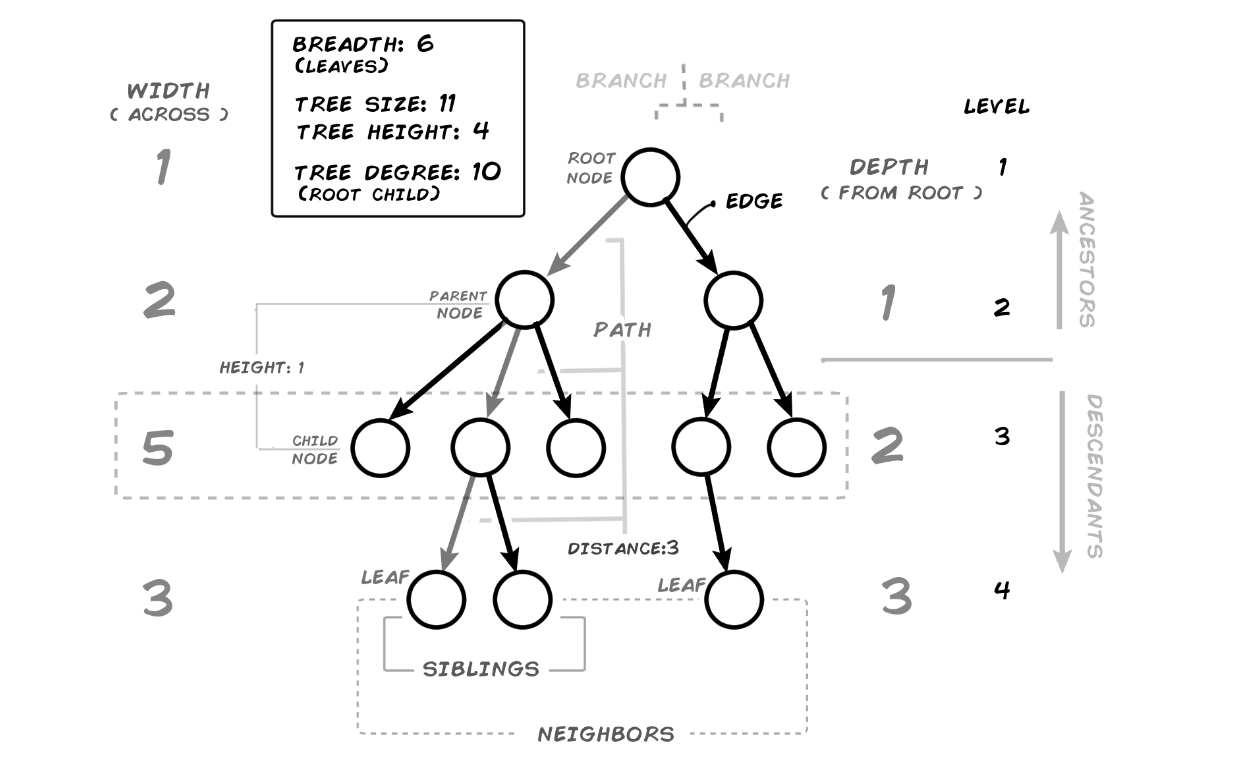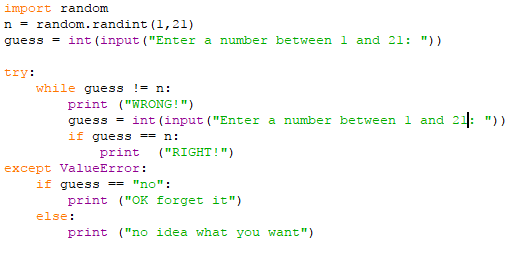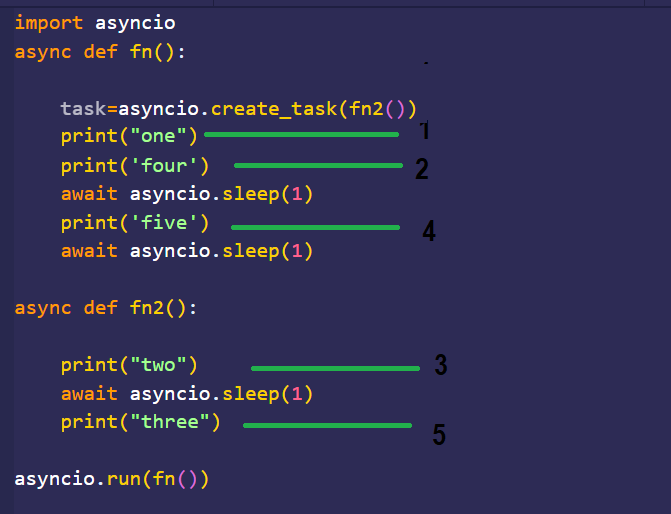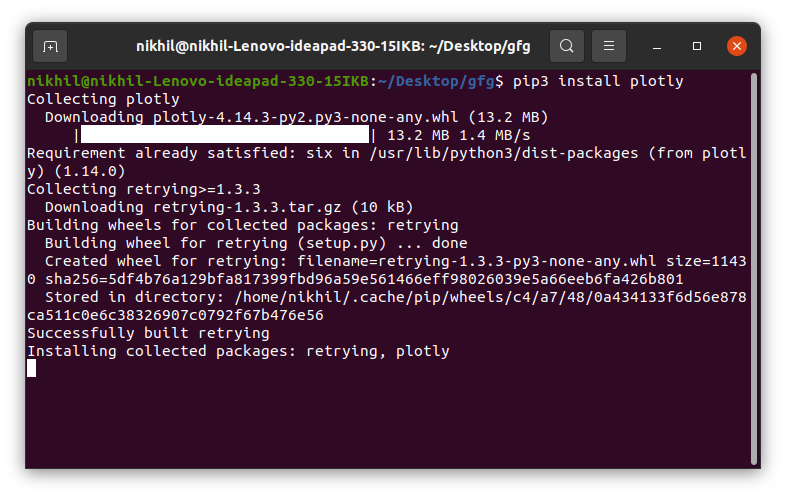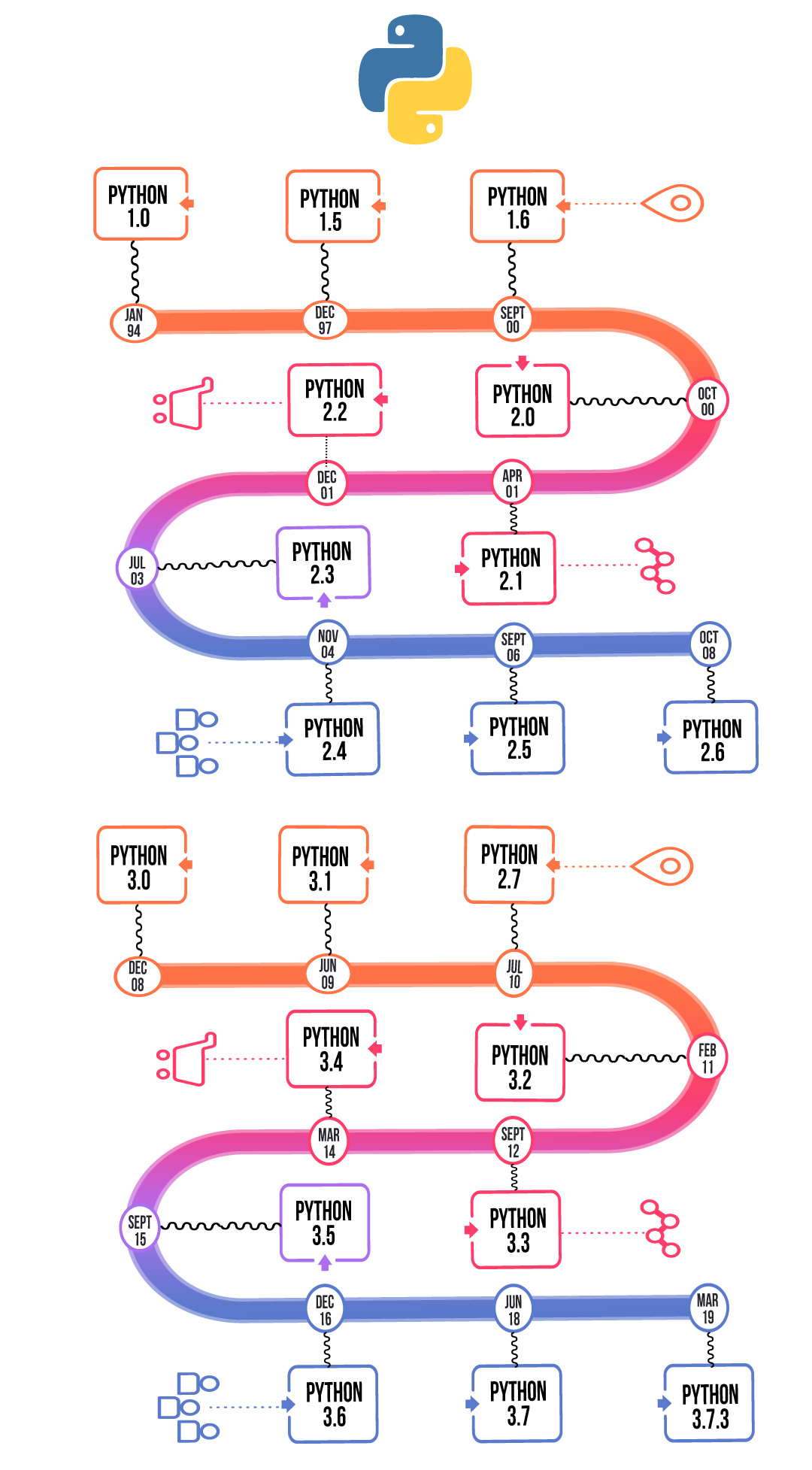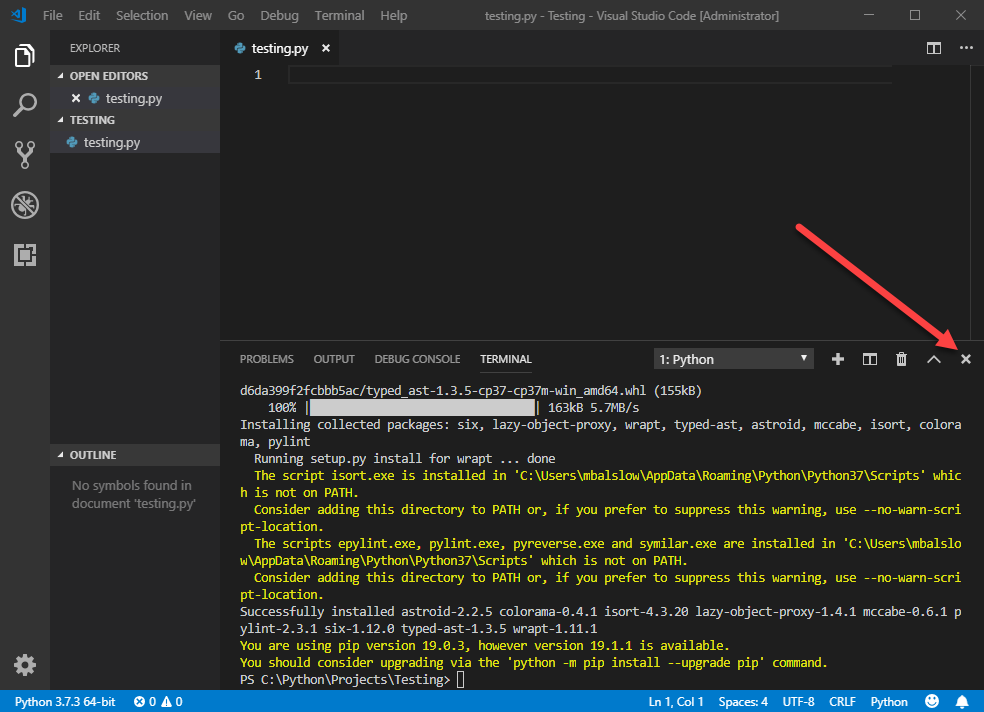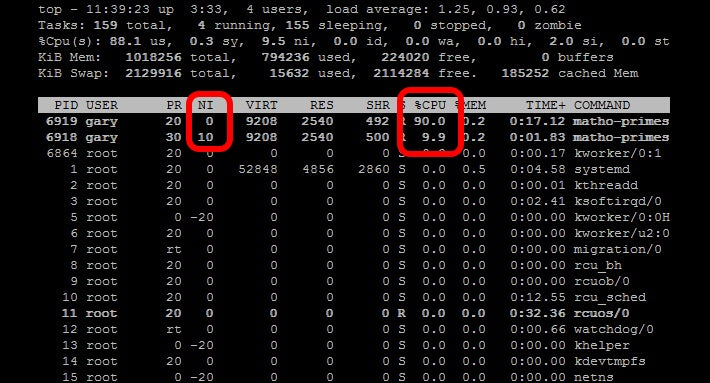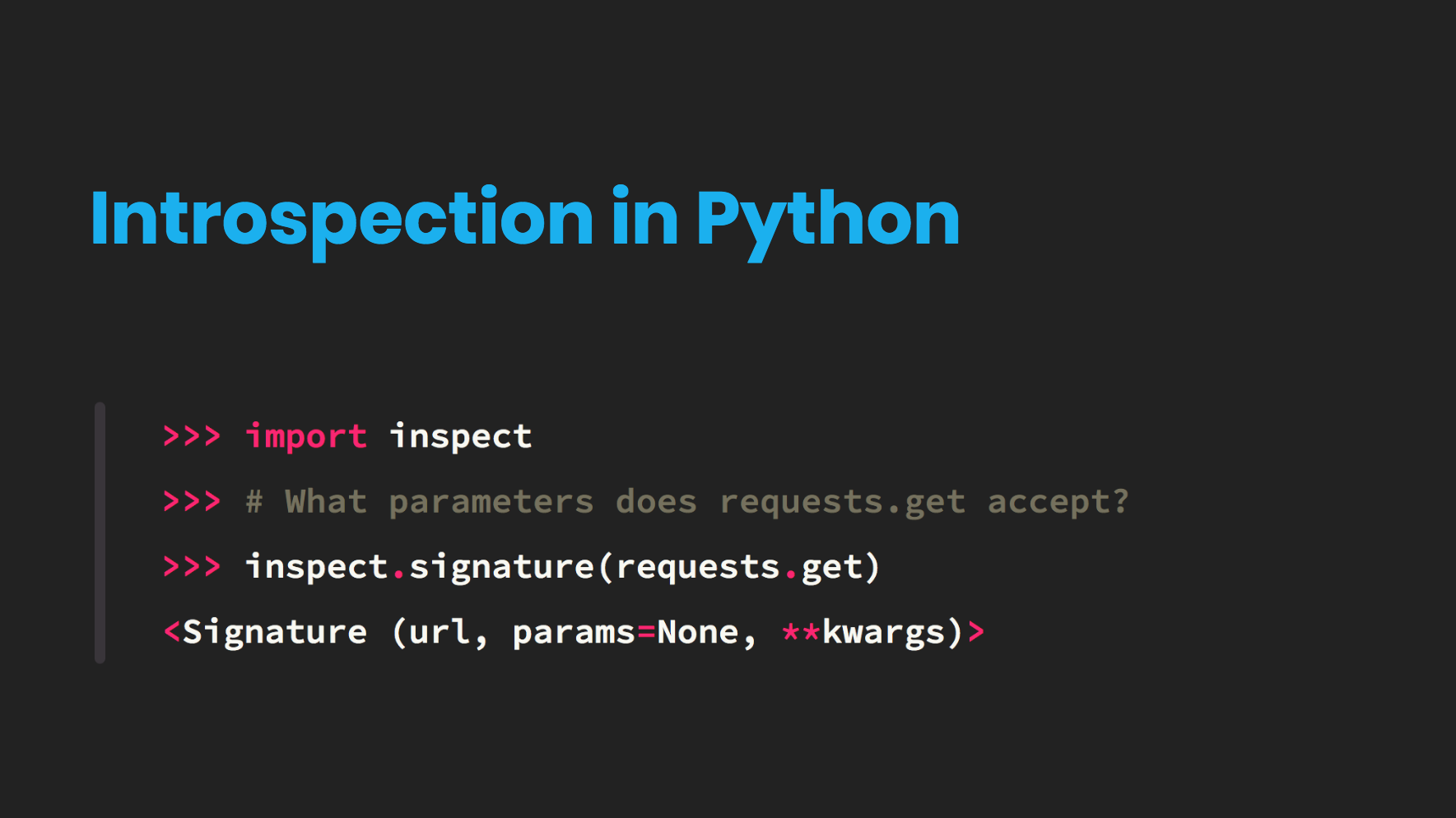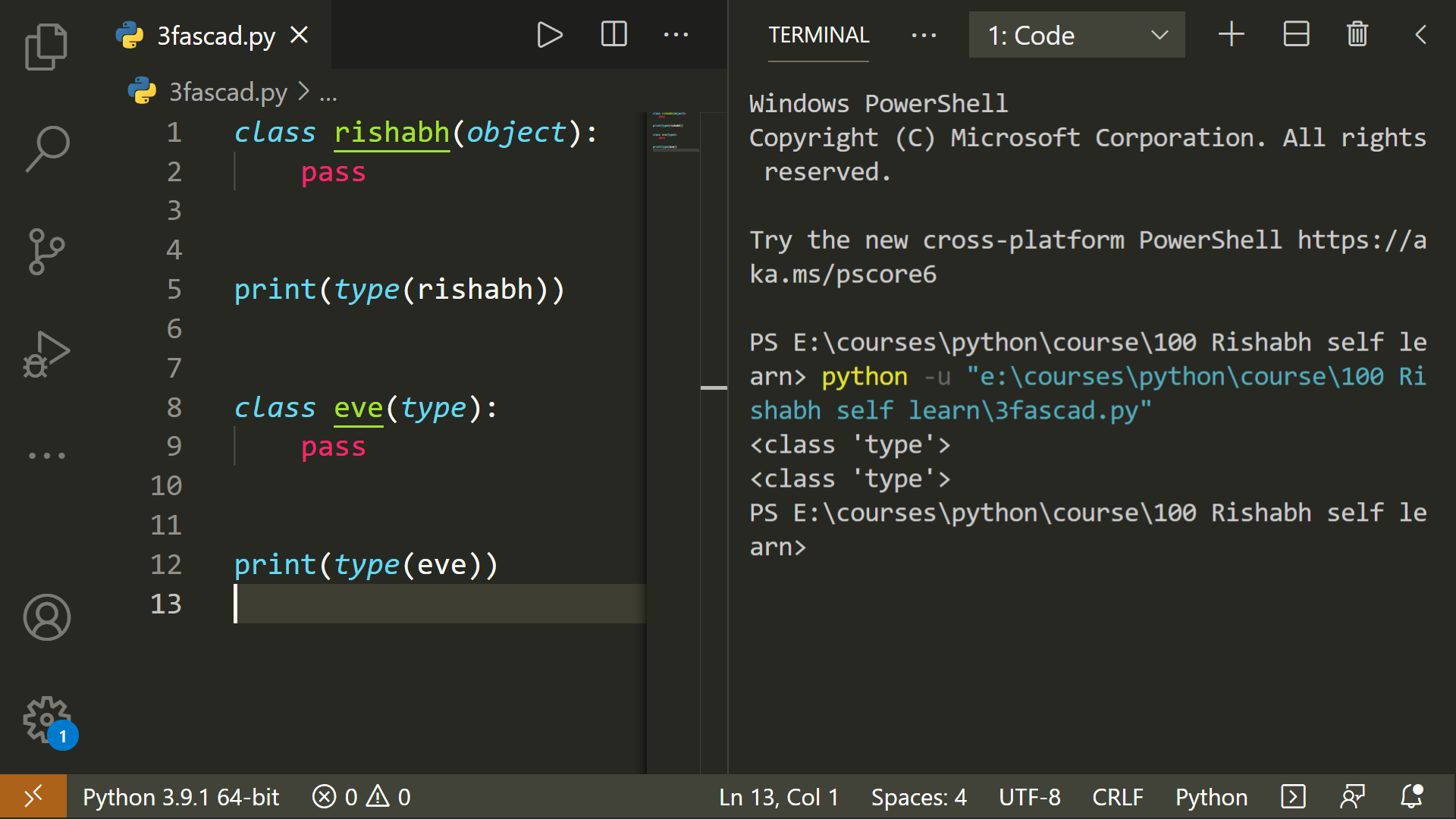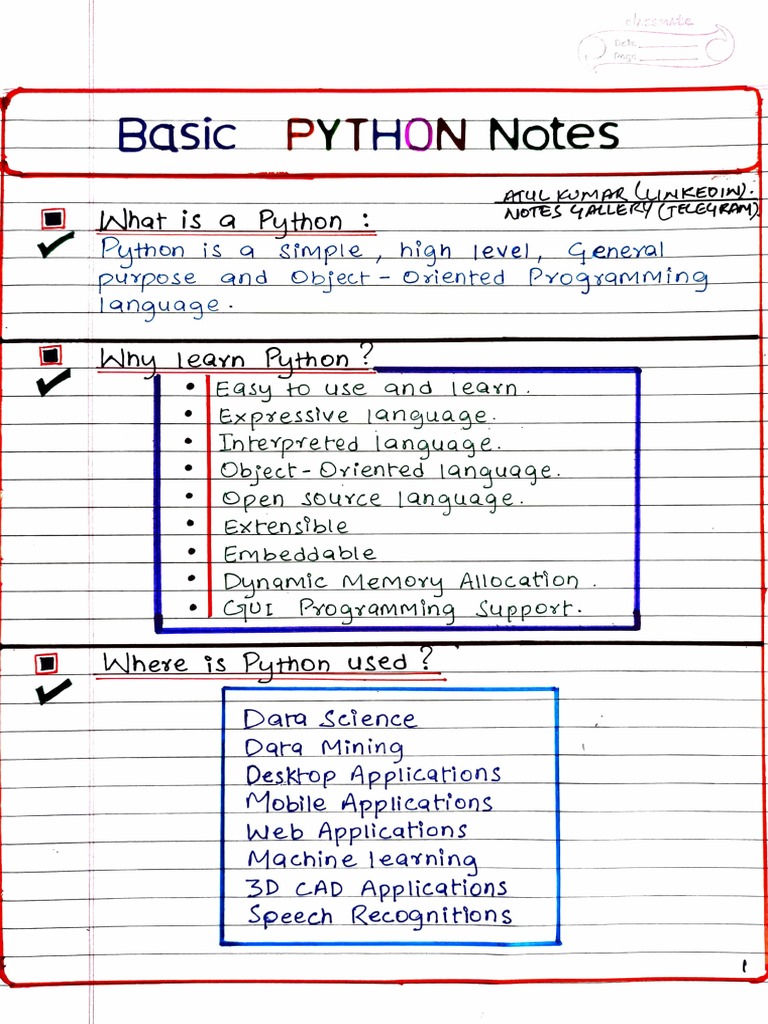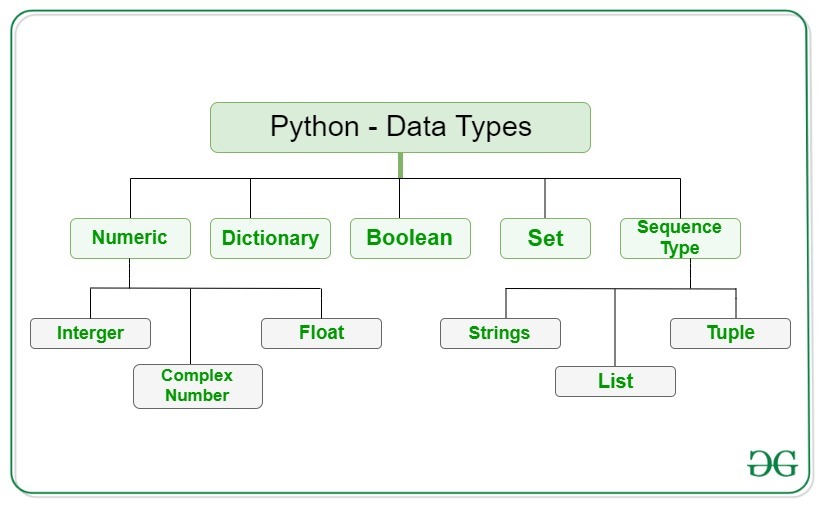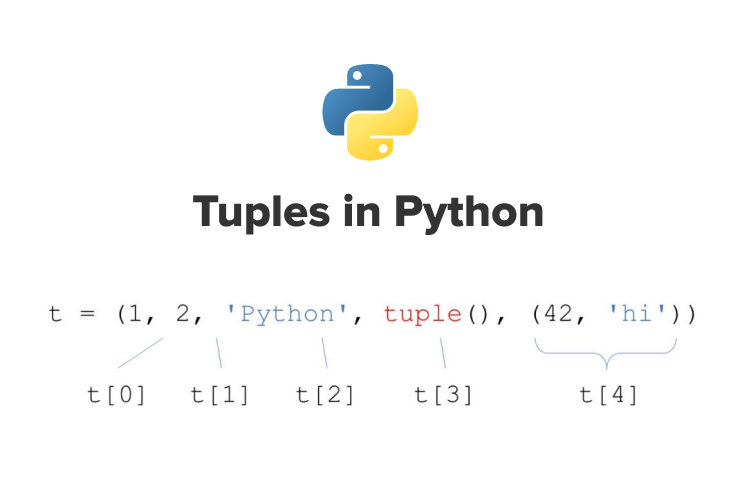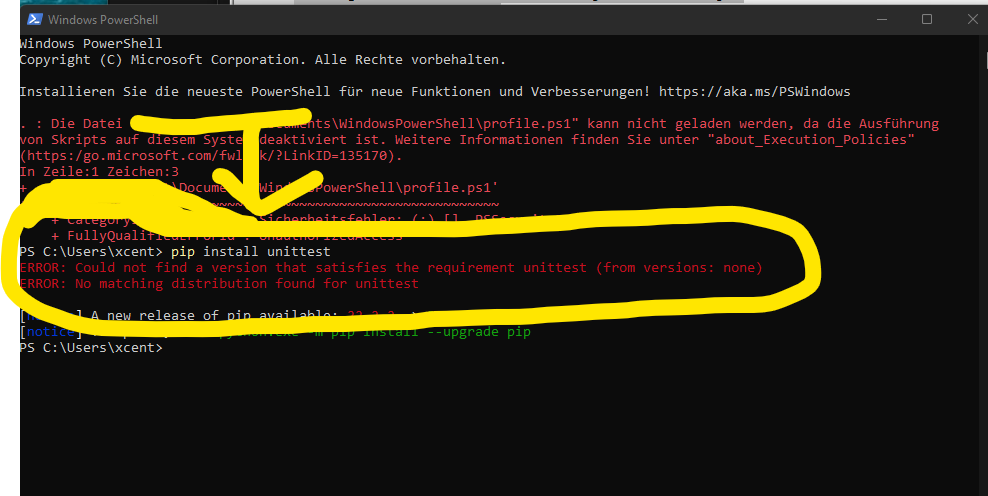concatenate two lists index-wise in python
concatenate two lists index-wise in python
Here's the answer:
Concatenating two lists index-wise in Python involves using a combination of list comprehension, zip function, and itertools module.
The idea is to create new pairs from two given lists by combining corresponding elements at each position. This can be achieved by using the zip function which returns an iterator of tuples where the i-th tuple contains the i-th element from each of the argument sequences or iterables.
Here's a basic example:
list1 = [1, 2, 3]
list2 = ['a', 'b', 'c']
zipped_list = list(zip(list1, list2))
print(zipped_list) # Output: [(1, 'a'), (2, 'b'), (3, 'c')]
However, this method will stop when the shortest input iterable is exhausted. If you want to concatenate lists of different lengths, you need to decide what to do with the extra elements.
Here's an example using itertools:
import itertools
list1 = [1, 2, 3]
list2 = ['a', 'b', 'c']
list3 = ['x', 'y']
result = list(itertools.zip_longest(list1, list2, list3))
print(result) # Output: [(1, 'a', 'x'), (2, 'b', 'y'), (3, None, None)]
In this example, the zip_longest function combines elements from each of the iterables in order until the longest input iterable is exhausted. If there are remaining values in an iterable, you can fill them with a fillvalue like None.
Note that the lists must have the same data type (all integers or all strings) to work correctly. You can also specify a fill value to replace the None values:
import itertools
list1 = [1, 2, 3]
list2 = ['a', 'b', 'c']
list3 = ['x', 'y']
result = list(itertools.zip_longest(list1, list2, list3, fillvalue='-'))
print(result) # Output: [(1, 'a', 'x'), (2, 'b', 'y'), (3, 'c', '-')]
How do you combine word lists in python using
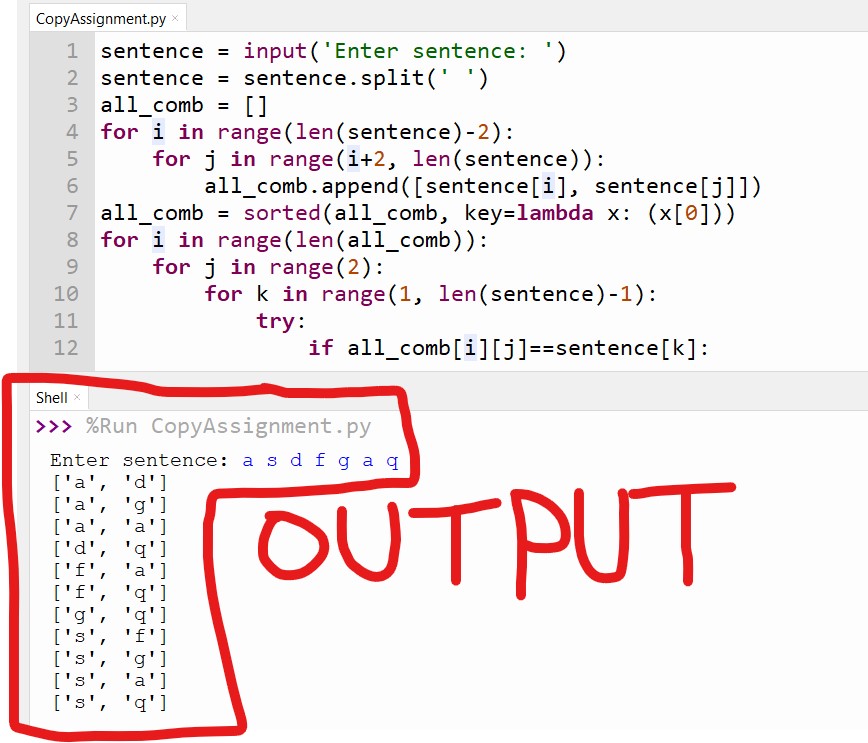
Combining word lists in Python can be achieved using various methods such as list concatenation, set operations, and dictionary manipulation. Here are some ways to do it:
List Concatenation:You can combine two or more lists using the + operator. This method is straightforward but may not be suitable for large datasets.
list1 = ['apple', 'banana']
list2 = ['orange', 'grape']
combined_list = list1 + list2
print(combined_list) # Output: ['apple', 'banana', 'orange', 'grape']
You can use set operations like union, intersection, and difference to combine lists. This method removes duplicate elements from the resulting list.
list1 = {'apple', 'banana'}
list2 = {'orange', 'grape'}
combined_list = list1.union(list2)
print(list(combined_list)) # Output: ['apple', 'banana', 'orange', 'grape']
You can combine lists using dictionaries by creating a new dictionary that contains the key-value pairs from both lists.
list1 = [{'name': 'John'}, {'name': 'Jane'}]
list2 = [{'name': 'Bob'}, {'name': 'Alice'}]
combined_list = list1 + list2
print(combined_list) # Output: [{'name': 'John'}, {'name': 'Jane'}, {'name': 'Bob'}, {'name': 'Alice'}]
extend() Method:
You can use the extend() method to add elements from one list to another.
list1 = ['apple', 'banana']
list2 = ['orange', 'grape']
combined_list = list1.copy()
combined_list.extend(list2)
print(combined_list) # Output: ['apple', 'banana', 'orange', 'grape']
You can use a list comprehension to create a new list that contains elements from both lists.
list1 = ['apple', 'banana']
list2 = ['orange', 'grape']
combined_list = [x for x in list1 + list2]
print(combined_list) # Output: ['apple', 'banana', 'orange', 'grape']
itertools.chain() Function:
You can use the chain() function from the itertools module to combine lists.
import itertools
list1 = ['apple', 'banana']
list2 = ['orange', 'grape']
combined_list = list(itertools.chain(list1, list2))
print(combined_list) # Output: ['apple', 'banana', 'orange', 'grape']
functools.reduce() Function:
You can use the reduce() function from the functools module to combine lists.
import functools
from itertools import chain
list1 = ['apple', 'banana']
list2 = ['orange', 'grape']
combined_list = list(functools.reduce(lambda x, y: x + y, [list1, list2]))
print(combined_list) # Output: ['apple', 'banana', 'orange', 'grape']
These are some of the ways to combine word lists in Python. The choice of method depends on your specific use case and requirements.
